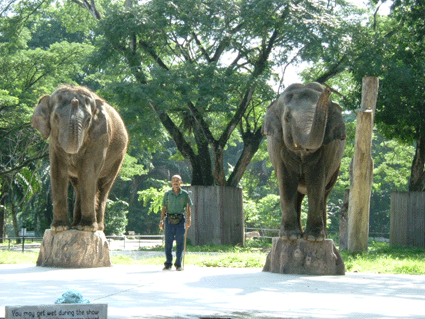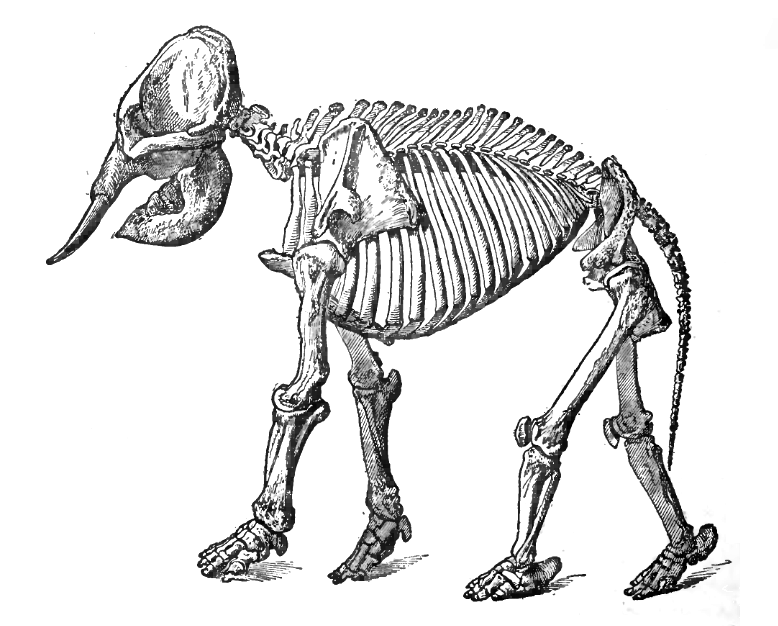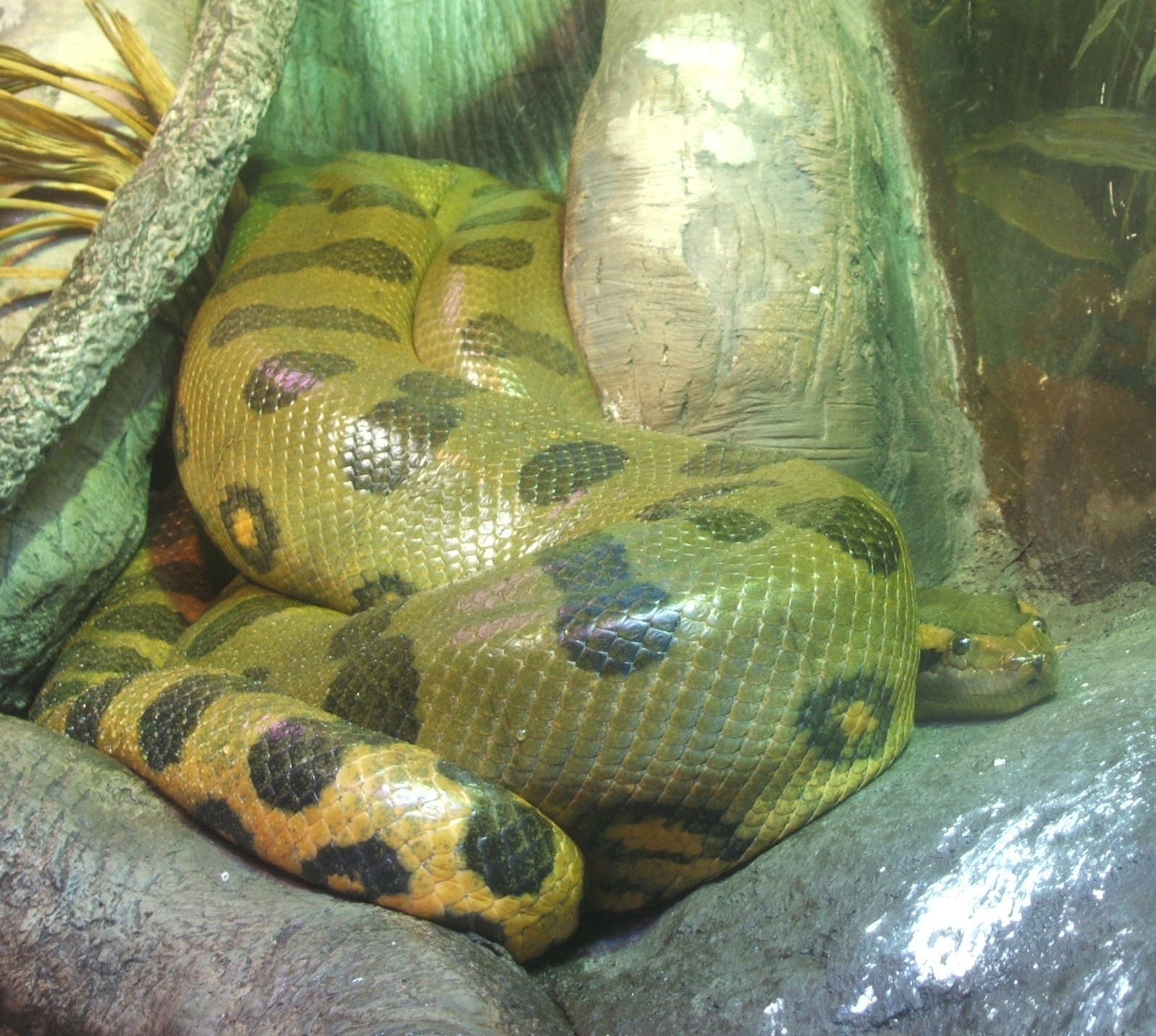|
Zoo Negara
The National Zoo ( ms, Zoo Negara) is a zoo in Malaysia located on of land in Ulu Klang, Gombak District, Selangor, Malaysia. It was officially opened on November 14, 1963 by the country's first prime minister Tunku Abdul Rahman. The zoo is managed by a non-governmental organization known as the Malaysian Zoological Society and is home to 5,137 animals of 476 different species. It received MS ISO 9001:2008 certification in July, 2007, and is a member of the South East Asian Zoos Association (SEAZA). The president and chairman of the zoo is Y. Bhg. Dato' Ismail Hutson. History In 1957, the Malayan Agri-Horticultural Association (MAHA) opened a miniature zoo. After the creation of the mini-zoo, the idea of a proper zoo gradually gained momentum, and the federal government chose a spot in Ulu Klang, Selangor, next to the border of Kuala Lumpur. In the 1960s, Ulu Klang was an undeveloped green area. In 1963, the first prime minister of Malaya (now Malaysia) YTM Tunku Abdul Ra ... [...More Info...] [...Related Items...] OR: [Wikipedia] [Google] [Baidu] |
Ulu Klang
Ulu Klang (alternately Hulu Klang, Hulu Kelang or Ulu Kelang, is a mukim and a state constituency in Gombak District, Selangor, Malaysia. It is one of five state constituencies administered by Majlis Perbandaran Ampang Jaya (MPAJ). It includes Zoo Negara. Several landslides have occurred in this area, forcing people mainly living in flats to evacuate; one notable incident is the Highland Towers tragedy in 1993. List of residential areas *Taman Melawati * Taman Permata *Bukit Antarabangsa * Villa Sri Ukay *Taman Hillview * Ukay Heights * Ukay Perdana * Estana Court * Kemensah Heights * Dataran Ukay * Taman Sri Ukay * Taman Pinggiran Ukay *Taman Keramat including Lembah Keramat (AU5),Taman Seri Keramat Tengah (AU4), Taman Desa Keramat (AU3),Taman Keramat AU2, Taman Keramat Permai (AU1) * Kelang Gates * Taman Andaman Ukay See also * Highland Towers collapse * 2002 Taman Hillview Bungalow Collapse * 2006 Kampung Pasir landslide * 2008 Bukit Antarabangsa landslide The 2008 ... [...More Info...] [...Related Items...] OR: [Wikipedia] [Google] [Baidu] |
Dwarf Crocodile
The dwarf crocodile (''Osteolaemus tetraspis''), also known as the African dwarf crocodile, broad-snouted crocodile (a name more often used for the Asian mugger crocodile) or bony crocodile, is an African crocodile that is also the smallest extant (living) species of crocodile. Taxonomy and etymology The second species has had a somewhat convoluted taxonomical history. It was first described as ''Osteoblepharon osborni'' by Schmidt in 1919, based on a few specimens from the Upper Congo River Basin in what is now the Democratic Republic of Congo. However, Inger in a 1948 paper found the specimens wanting of characteristics that would justify a generic separation from ''Osteolaemus'' and referred the specimens to '' Osteolaemus osborni''. In 1961, it was reduced to subspecies rank. A study of morphology published in 2007, and studies of DNA in 2009, 2013 and 2015 indicate that three distinctly different populations of ''Osteolaemus'' may merit full species recognition. These are ... [...More Info...] [...Related Items...] OR: [Wikipedia] [Google] [Baidu] |
Teriang
Teriang, alt. Triang ( Jawi: ترياڠ) is a town and a mukim in Bera District, southwestern Pahang, Malaysia. It is the largest settlement in the district. Etymology Its name was derived from Sungai Teriang (Triang River), a tributary of the Pahang River, the longest river in Peninsula Malaysia. History Triang's history could be traced back to the mid to late 19th century. The population then consisted mainly of indigenous Malays, living on subsistence farming as well as fishing in the Triang River. Following the migration of Chinese to SE Asia, the first Chinese began to arrive in Triang around 1900. Initially most would have arrived either by the Triang River or by foot, until the establishment of a small train stop by the Federated Malay States Railway (FMSR, now KTM) on its eastern route in the early 1900s. The FMSR's southernmost stop was in Singapore. As the railway line headed up north it reached Gemas whereupon the line split into western and eastern routes. T ... [...More Info...] [...Related Items...] OR: [Wikipedia] [Google] [Baidu] |
Temerloh
Temerloh is a municipality in central Pahang, Malaysia. Temerloh has been proven to be the "centre of Peninsular Malaysia" (Malay: ) 3TS, which is situated at Kampung Paya Siput, Lanchang. Located about from Kuala Lumpur along the Kuantan–Kuala Lumpur trunk road, Temerloh is the second largest town in Pahang after Kuantan, the state capital. It is situated at the junction of the Pahang River and the Semantan River. Today, ''Temerloh'' usually refers to the territory under the administration of Temerloh Municipal Council which includes Mentakab, Lanchang, Kuala Krau and Kerdau. An old town with some colonial buildings and shop houses, the town has prospered in recent years as a transport hub and new industrial centre. There have been many new commercial and industrial hubs built in Temerloh in recent years. Cutting travel time in half, the newly completed East Coast Expressway links the town to Kuala Lumpur and Kuantan and adds to the growth of Temerloh. Etymology The town wa ... [...More Info...] [...Related Items...] OR: [Wikipedia] [Google] [Baidu] |
Fraser's Hill
Fraser's Hill is a hill resort located on the Titiwangsa Mountains, Titiwangsa Ridge in Raub District, Pahang, Malaysia. It is about north of Kuala Lumpur. In 1890, Louis James Fraser established the area as a tin mining community known as Pamah Lebar when he discovered rich tin deposits and opened a tin mining facility. Mining activity there was short-lived, as the tin ore was depleted in 1913. This led many miners and farmers to abandon the area. Fraser reportedly disappeared in 1910, but research in 2019 concluded that he retired from his position and returned to Great Britain in 1910. He died in 1916 while travelling in Austria-Hungary. An attempt by J. Ferguson-Davie to locate Fraser in the area failed. While he searched for Fraser, Ferguson-Davie recognised the area's potential as a suitable location to set up a hill station. Its cool climate made Pamah Lebar an ideal retreat to escape from the usually hot climate in Malaysia. Construction began in October 1919 to conver ... [...More Info...] [...Related Items...] OR: [Wikipedia] [Google] [Baidu] |
Asian Elephant
The Asian elephant (''Elephas maximus''), also known as the Asiatic elephant, is the only living species of the genus ''Elephas'' and is distributed throughout the Indian subcontinent and Southeast Asia, from India in the west, Nepal in the north, Sumatra in the south, and to Borneo in the east. Three subspecies are recognised—'' E. m. maximus'' from Sri Lanka, ''E. m. indicus'' from mainland Asia and '' E. m. sumatranus'' from the island of Sumatra. Formerly, there was also the Syrian elephant or Western Asiatic elephant (''Elephas maximus asurus'') which was the westernmost population of the Asian elephant (''Elephas maximus''). This subspecies became extinct in ancient times. Skeletal remains of ''E. m. asurus'' have been recorded from the Middle East: Iran, Iraq, Syria, and Turkey from periods dating between at least 1800 BC and likely 700 BC. It is one of only three living species of elephants or elephantids anywhere in the world, the others being the African bus ... [...More Info...] [...Related Items...] OR: [Wikipedia] [Google] [Baidu] |
Giant Panda
The giant panda (''Ailuropoda melanoleuca''), also known as the panda bear (or simply the panda), is a bear species endemic to China. It is characterised by its bold black-and-white coat and rotund body. The name "giant panda" is sometimes used to distinguish it from the red panda, a neighboring musteloid. Though it belongs to the order Carnivora, the giant panda is a folivore, with bamboo shoots and leaves making up more than 99% of its diet. Giant pandas in the wild occasionally eat other grasses, wild tubers, or even meat in the form of birds, rodents, or carrion. In captivity, they may receive honey, eggs, fish, yams, shrub leaves, oranges, or bananas along with specially prepared food. The giant panda lives in a few mountain ranges in central China, mainly in Sichuan, and also in neighbouring Shaanxi and Gansu. As a result of farming, deforestation, and other development, the giant panda has been driven out of the lowland areas where it once lived, and it is a conser ... [...More Info...] [...Related Items...] OR: [Wikipedia] [Google] [Baidu] |
Toad
Toad is a common name for certain frogs, especially of the family Bufonidae, that are characterized by dry, leathery skin, short legs, and large bumps covering the parotoid glands. A distinction between frogs and toads is not made in scientific taxonomy, but is common in popular culture (folk taxonomy), in which toads are associated with drier, rougher skin and more terrestrial habitats. List of toad families In scientific taxonomy, toads include the true toads (Bufonidae) and various other terrestrial or warty-skinned frogs. Non-bufonid "toads" can be found in the families: * Bombinatoridae ( fire-bellied toads and jungle toads) * Calyptocephalellidae (helmeted water toad and false toads) * Discoglossidae ( midwife toads) * Myobatrachidae (Australian toadlets) * Pelobatidae (European spadefoot toad) * Rhinophrynidae ( burrowing toads) * Scaphiopodidae (American spadefoot toads) * Microhylidae ( narrowmouth toads) Biology Usually the largest of the bumps on the skin ... [...More Info...] [...Related Items...] OR: [Wikipedia] [Google] [Baidu] |
Amphibian
Amphibians are tetrapod, four-limbed and ectothermic vertebrates of the Class (biology), class Amphibia. All living amphibians belong to the group Lissamphibia. They inhabit a wide variety of habitats, with most species living within terrestrial animal, terrestrial, fossorial, arboreal or freshwater aquatic ecosystems. Thus amphibians typically start out as larvae living in water, but some species have developed behavioural adaptations to bypass this. The young generally undergo metamorphosis from larva with gills to an adult air-breathing form with lungs. Amphibians use their skin as a secondary respiratory surface and some small terrestrial salamanders and frogs lack lungs and rely entirely on their skin. They are superficially similar to reptiles like lizards but, along with mammals and birds, reptiles are amniotes and do not require water bodies in which to breed. With their complex reproductive needs and permeable skins, amphibians are often ecological indicators; in re ... [...More Info...] [...Related Items...] OR: [Wikipedia] [Google] [Baidu] |
Reticulated Python
The reticulated python (''Malayopython reticulatus'') is a python species native to South and Southeast Asia. It is the world's longest snake, and is among the three heaviest. It is listed as least concern on the IUCN Red List because of its wide distribution. In several countries in its range, it is hunted for its skin, for use in traditional medicine, and for sale as pets. It is an excellent swimmer, has been reported far out at sea, and has colonized many small islands within its range. Like all pythons, it is a non-venomous constrictor. Adult humans have been killed (and in at least two reported cases, eaten) by reticulated pythons. Taxonomy The reticulated python was first described in 1801 by German naturalist Johann Gottlob Theaenus Schneider, who described two zoological specimens held by the Göttingen Museum in 1801 that differed slightly in colour and pattern as separate species—''Boa reticulata'' and ''Boa rhombeata''. The specific name, ''reticulatus'', is Lat ... [...More Info...] [...Related Items...] OR: [Wikipedia] [Google] [Baidu] |
Green Anaconda
The green anaconda (''Eunectes murinus''), also known as the giant Emerald anaconda, common anaconda, common water boa or sucuri, is a boa species found in South America. It is the heaviest and one of the longest known extant snake species. Like all boas, it is a non-venomous constrictor. The term "anaconda" often refers to this species, though the term could also apply to other members of the genus ''Eunectes''. Fossils of the snake date back to the Late Pleistocene in the Gruta do Urso locality. Etymology The green anaconda's specific name is derived from the Latin ', meaning 'of mice', for being thought to prey on mice. Description The green anaconda is the world's heaviest and one of the world's longest snakes, reaching a length of up to long. More typical mature specimens reportedly can range up to , with adult females, with a mean length of about , being generally much larger than the males, which average around . Weights are less well studied, though reportedly ran ... [...More Info...] [...Related Items...] OR: [Wikipedia] [Google] [Baidu] |


.jpg)

.png)

